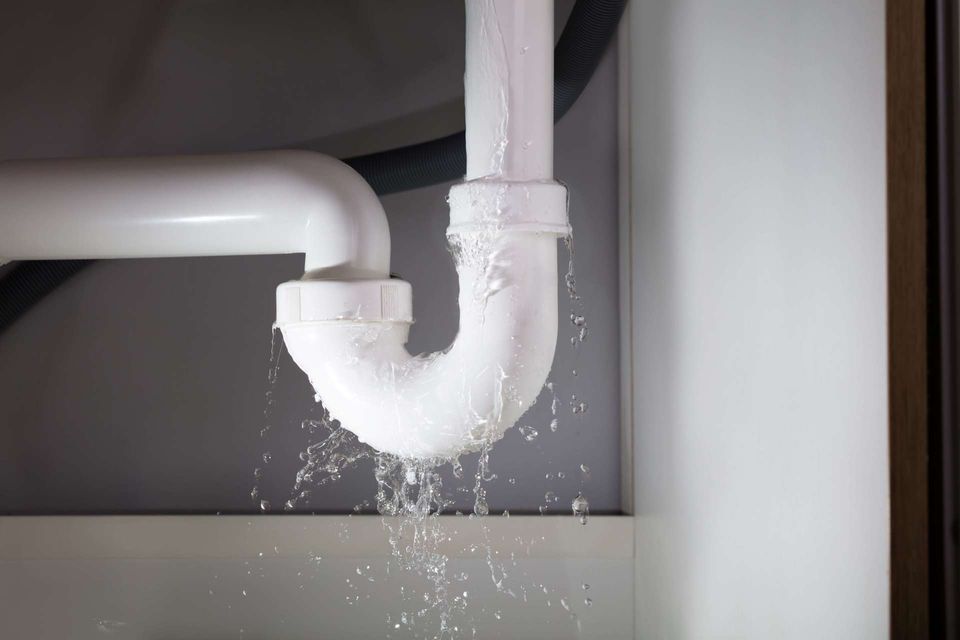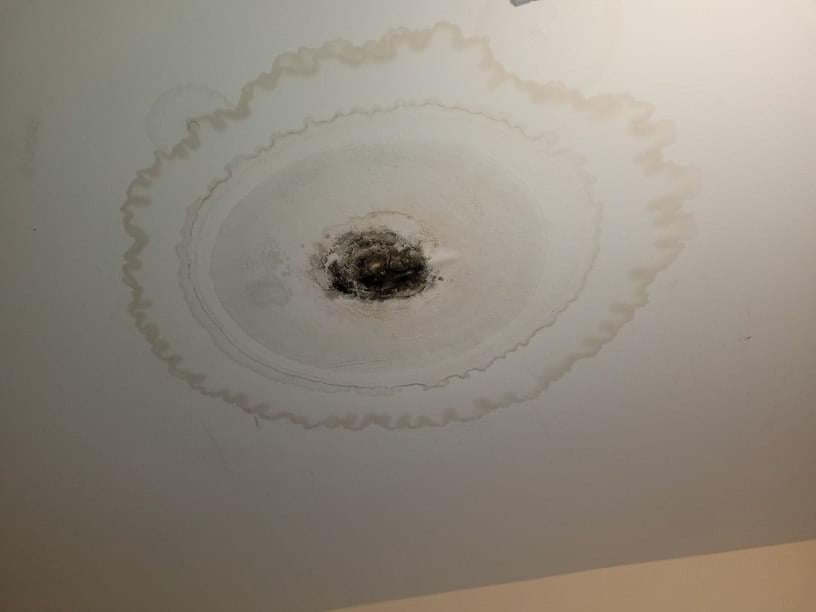Guide To Water Leak Discovery In The House
Guide To Water Leak Discovery In The House
Blog Article
We've stumbled on the article involving Locating water leaks below on the net and figured it made sense to talk about it with you on this page.

Early detection of leaking water lines can reduce a potential calamity. Some little water leaks may not be noticeable.
1. Examine the Water Meter
Every home has a water meter. Checking it is a proven way that helps you find leakages. For beginners, turn off all the water resources. Guarantee no person will certainly purge, make use of the faucet, shower, run the washing maker or dishwasher. From there, go to the meter and also watch if it will certainly alter. Considering that no person is utilizing it, there ought to be no motions. That indicates a fast-moving leakage if it relocates. If you find no modifications, wait a hr or two and inspect back once again. This suggests you may have a sluggish leak that can even be below ground.
2. Check Water Intake
Analyze your water bills as well as track your water consumption. As the one paying it, you ought to see if there are any type of discrepancies. If you find sudden changes, in spite of your consumption being the same, it indicates that you have leakages in your plumbing system. Remember, your water expense should drop under the exact same array on a monthly basis. A sudden spike in your bill indicates a fast-moving leakage.
A constant increase every month, even with the exact same habits, reveals you have a sluggish leakage that's also gradually intensifying. Call a plumber to thoroughly check your home, especially if you really feel a cozy area on your flooring with piping underneath.
3. Do a Food Coloring Examination
30% comes from commodes when it comes to water usage. Test to see if they are running effectively. Decline flecks of food color in the tank as well as wait 10 mins. If the shade somehow infiltrates your dish during that time without flushing, there's a leak in between the tank as well as dish.
4. Asses Outside Lines
Do not forget to check your outside water lines too. Examination faucets by connecting a yard tube. Must water leak out of the link, you have a loose rubber gasket. Replace this and also ensure all connections are limited. It will certainly aid get it professionally checked out and also preserved yearly if you have actually got a sprinkler system. One tiny leak can lose tons of water and also spike your water costs.
5. Evaluate and Examine the Circumstance
Homeowners must make it a routine to inspect under the sink counters and even inside closets for any kind of bad odor or mold development. These two warnings indicate a leak so punctual attention is called for. Doing routine assessments, even bi-annually, can conserve you from a major issue.
If you understand your residence is currently old, keep a careful eye on your heating systems, tubes, pipes etc. Look for discolorations and also deteriorating as most pipelines and also home appliances have a life expectancy. They will also normally wear away as a result of tear as well as use. If you believe leaking water lines in your plumbing system, don't wait on it to rise. Call a professional plumber today so you don't wind up with a dreadful mess in your house.
Early discovery of leaking water lines can reduce a possible calamity. Some small water leaks may not be visible. Checking it is a proven means that aids you uncover leaks. One small leak can lose loads of water and surge your water costs.
If you believe dripping water lines in your plumbing system, don't wait for it to intensify.
WARNING SIGNS OF WATER LEAKAGE BEHIND THE WALL
PERSISTENT MUSTY ODORS
As water slowly drips from a leaky pipe inside the wall, flooring and sheetrock stay damp and develop an odor similar to wet cardboard. It generates a musty smell that can help you find hidden leaks.
MOLD IN UNUSUAL AREAS
Mold usually grows in wet areas like kitchens, baths and laundry rooms. If you spot the stuff on walls or baseboards in other rooms of the house, it’s a good indicator of undetected water leaks.
STAINS THAT GROW
When mold thrives around a leaky pipe, it sometimes takes hold on the inside surface of the affected wall. A growing stain on otherwise clean sheetrock is often your sign of a hidden plumbing problem.
PEELING OR BUBBLING WALLPAPER / PAINT
This clue is easy to miss in rooms that don’t get much use. When you see wallpaper separating along seams or paint bubbling or flaking off the wall, blame sheetrock that stays wet because of an undetected leak.
BUCKLED CEILINGS AND STAINED FLOORS
If ceilings or floors in bathrooms, kitchens or laundry areas develop structural problems, don’t rule out constant damp inside the walls. Wet sheetrock can affect adjacent framing, flooring and ceilings.
https://www.servicemasterbyzaba.com/blog/how-to-detect-water-leakage-in-walls/

As a serious reader on Locating water leaks, I thought sharing that piece of writing was really useful. Do you know somebody else who is interested by the niche? Feel free to promote it. Thanks so much for taking the time to read it.
Report this page